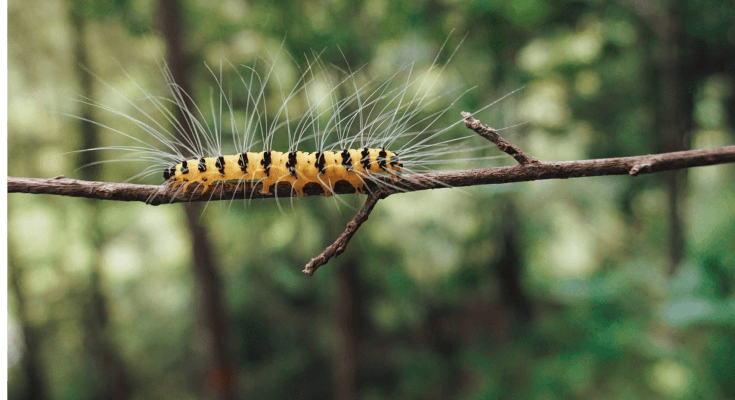Authors: Georg Albert, Benoit Gauzens, Remo Ryser, Elisa Thébault, Shaopeng Wang, Ulrich Brose
Ecology Letters, 2023, https://doi.org/10.1111/ele.14295
Summary: Plant community productivity generally increases with plant biodiversity. This positive relationship is rooted in the interactions between plant individuals. Such interactions are often attributed to resource competition but can be similarly mediated by animals. However, while resource-based plant interactions are spatially local, the spatial scale of animal-based interactions varies depending on the animals involved. To understand the consequences of this scaling differences for plant diversity-productivity relationships, we simulated plant communities under different space-use scenarios and along a diversity gradient. We show that plant and animal space-use can drastically alter competition within plant communities. Specifically, strong animal-based competition from herbivore space-use can lead to negative diversity-productivity relationships. However, space-use of larger top predators integrates sub-food webs composed of smaller species, offsetting potential negative effects of herbivore- and resource-based competition on plant communities.
Conclusion: Differences in animal space-use modify competitive interactions throughout food webs and introduce substantial variation in how plant communities respond to changes in plant biodiversity. Understanding how the spatial realization of feeding interactions differs between animal communities will help identifying drivers of biodiversity effects and can serve as a framework for linking local and landscape processes.
